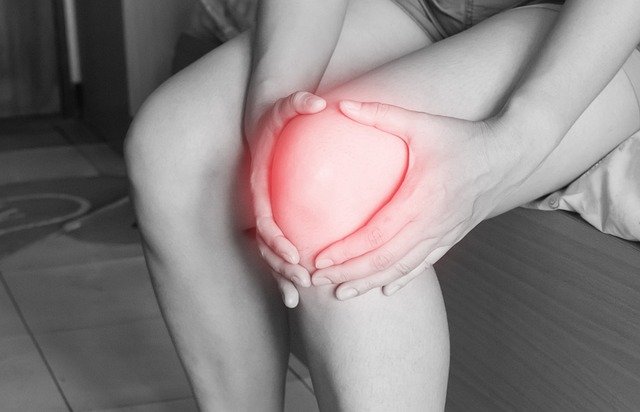Exploring Non-Surgical Knee Pain Relief
Knee pain can limit daily movement and comfort. Learn about general treatment options for bone-on-bone knees, including natural approaches and simple remedies. This information may help individuals better understand how to discuss their symptoms and choices with medical professionals.

What Are Natural Options for Bone-on-Bone Knee Discomfort?
Bone-on-bone knee conditions occur when cartilage deteriorates, causing direct contact between joint surfaces. Natural management strategies can help alleviate pain and potentially slow progression. Physical therapy exercises, gentle stretching, and low-impact activities like swimming or cycling can improve joint flexibility and strengthen supporting muscles. Weight management also plays a crucial role, as reducing excess body weight decreases stress on knee joints.
Simple Remedies That May Help With Knee Pain
Several home-based approaches can provide meaningful knee pain relief. Anti-inflammatory dietary choices like omega-3 rich fish, turmeric, and green vegetables can help reduce inflammation. Over-the-counter supplements such as glucosamine and chondroitin may support joint health. Cold and heat therapy—using ice packs for acute inflammation and warm compresses for chronic stiffness—can offer temporary pain management.
Understanding Common Treatments for Joint Degeneration
Medical interventions range from conservative to moderately invasive approaches. Prescription medications like corticosteroids can reduce inflammation, while hyaluronic acid injections might improve joint lubrication. Orthopedic specialists often recommend customized braces or supportive devices that redistribute weight and provide knee stability. Regenerative treatments like platelet-rich plasma (PRP) therapy are emerging as potential alternatives to surgery.
How Individuals Manage Long-Term Knee Discomfort
Comprehensive knee pain management requires a multifaceted approach. Patients typically combine lifestyle modifications, physical therapy, and medical treatments. Regular low-impact exercise, maintaining a healthy weight, and working with healthcare professionals can significantly improve outcomes. Assistive devices like walking aids or specialized footwear might help reduce joint stress.
Treatment Cost Considerations for Knee Pain Management
Understanding potential treatment costs helps patients plan their healthcare approach. Here’s a breakdown of estimated expenses for various knee pain management strategies:
| Treatment Option | Average Cost Range | Insurance Coverage |
|---|---|---|
| Physical Therapy | $50-$350 per session | Partially covered |
| Orthopedic Consultation | $200-$500 | Often covered |
| Knee Brace | $30-$500 | Varies by provider |
| Hyaluronic Injections | $500-$1,500 | Partially covered |
| PRP Therapy | $500-$2,000 | Typically not covered |
Prices, rates, or cost estimates mentioned in this article are based on the latest available information but may change over time. Independent research is advised before making financial decisions.
Conclusion
Effective knee pain management requires personalized strategies, professional guidance, and a holistic approach. While non-surgical treatments offer promising alternatives, consulting with healthcare professionals remains essential for developing the most appropriate treatment plan.
Disclaimer: This article is for informational purposes only and should not be considered medical advice. Please consult a qualified healthcare professional for personalized guidance and treatment.




